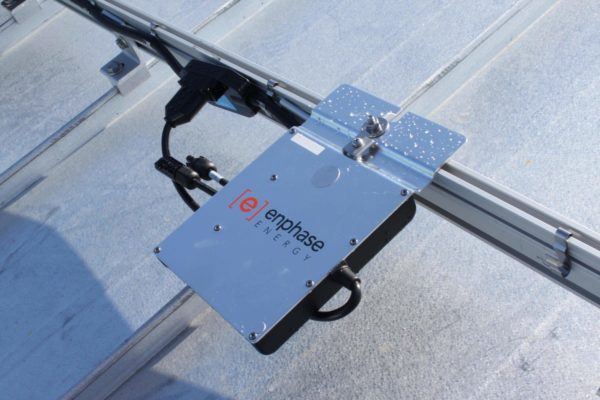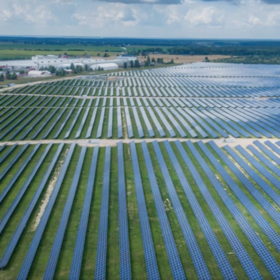From pv magazine USA
In the first part of this series, pv magazine reviewed the productive lifespan of solar panels, which are quite resilient. In this part, we look at residential solar inverters in their various forms, how long they last, and how resilient they are.
Inverters, which convert the DC power produced by solar panels into usable AC power, come in a few different configurations. The two main types of inverters in residential applications are string inverters and microinverters.
In some applications, string inverters are equipped with module-level power electronics (MLPE) called DC optimizers. Microinverters and DC optimizers are generally used for roofs with shading conditions or sub-optimal orientation (not south-facing).

Image: Solar Reviews
Image: Solar Reviews
In applications where the rooftop has a preferable azimuth (orientation to the sun) and little no shading issues, a string inverter can be a good solution.
String inverters generally come with simplified wiring and a centralized location for easier repairs by solar technicians. Typically they are less expensive, according to Solar Reviews. Inverters can typically cost 10% to 20% of a total solar panel installation, so choosing the right one is important.
While solar panels can last 25 to 30 years or more, inverters generally have a shorter life, due to more rapidly aging components. A common source of failure in inverters is the electro-mechanical wear on the capacitor in the inverter. The electrolyte capacitors have a shorter lifetime and age faster than dry components, said Solar Harmonics.
EnergySage said that a typical centralized residential string inverter will last about 10 to 15 years, and thus will need to be replaced at some point during the panels’ life.
String inverters generally have standard warranties ranging from 5-10 years, many with the option to extend to 20 years. Some solar contracts include free maintenance and monitoring through the term of the contract, so it is wise to evaluate this when selecting inverters.

Microinverters have a longer life, EnergySage said they can often last 25 years, nearly as long as their panel counterparts. Roth Capital Partners said its industry contacts generally report microinverter failures at a substantially lower rate than string inverters, though the upfront cost is generally a bit higher in microinverters.
Microinverters typically have a 20 to 25-year standard warranty included. It should be noted that while microinverters have a long warranty, they are still a relatively new technology from the past ten years or so, and it remains to be seen if the equipment will fulfill its 20+ year promise.
The same goes for DC optimizers, which are typically paired with a centralized string inverter. These components are designed to last for 20 to 25 years and have a warranty to match that time period.
This content is protected by copyright and may not be reused. If you want to cooperate with us and would like to reuse some of our content, please contact: editors@pv-magazine.com.









By submitting this form you agree to pv magazine using your data for the purposes of publishing your comment.
Your personal data will only be disclosed or otherwise transmitted to third parties for the purposes of spam filtering or if this is necessary for technical maintenance of the website. Any other transfer to third parties will not take place unless this is justified on the basis of applicable data protection regulations or if pv magazine is legally obliged to do so.
You may revoke this consent at any time with effect for the future, in which case your personal data will be deleted immediately. Otherwise, your data will be deleted if pv magazine has processed your request or the purpose of data storage is fulfilled.
Further information on data privacy can be found in our Data Protection Policy.